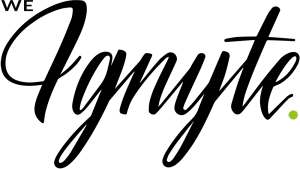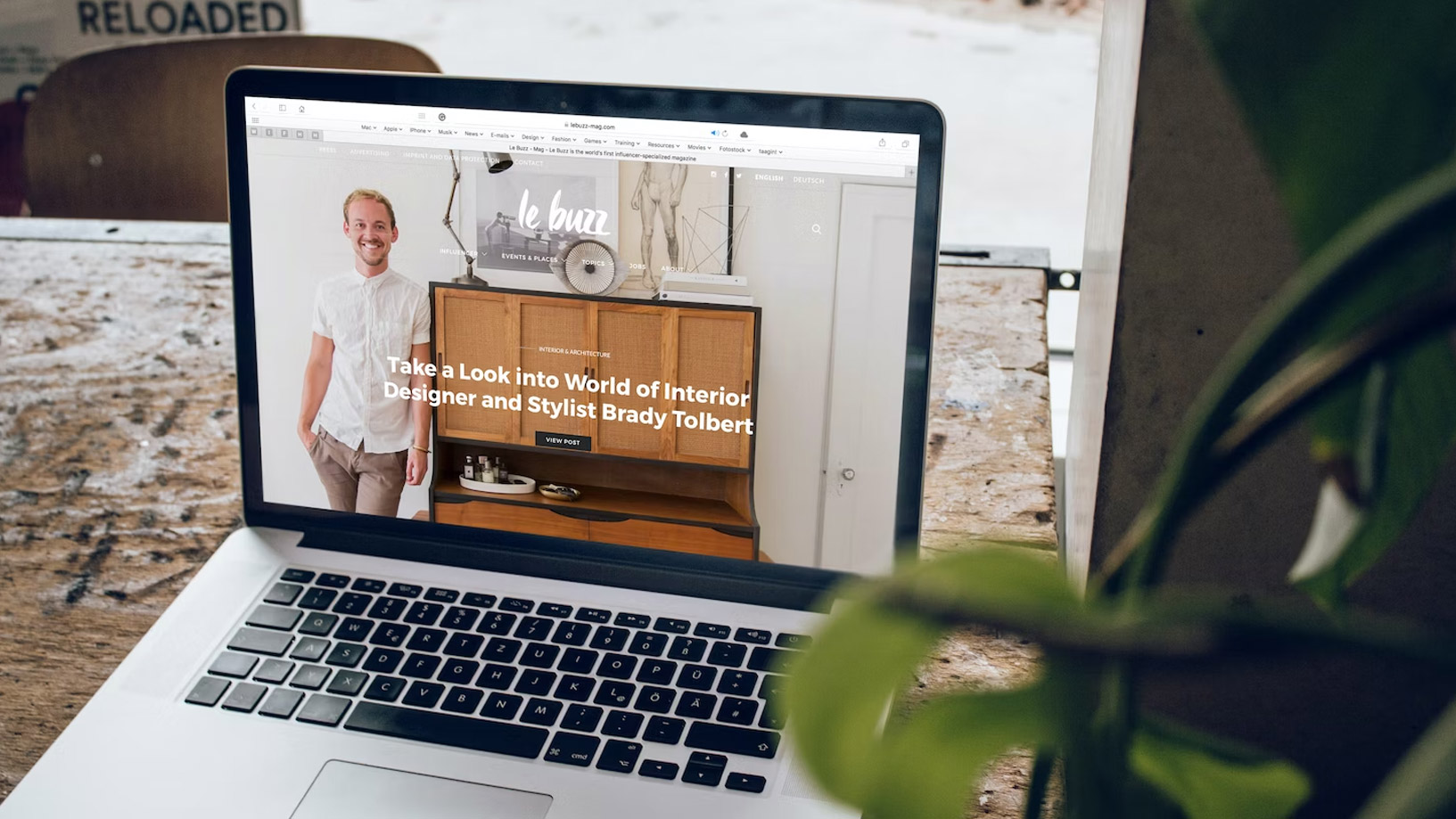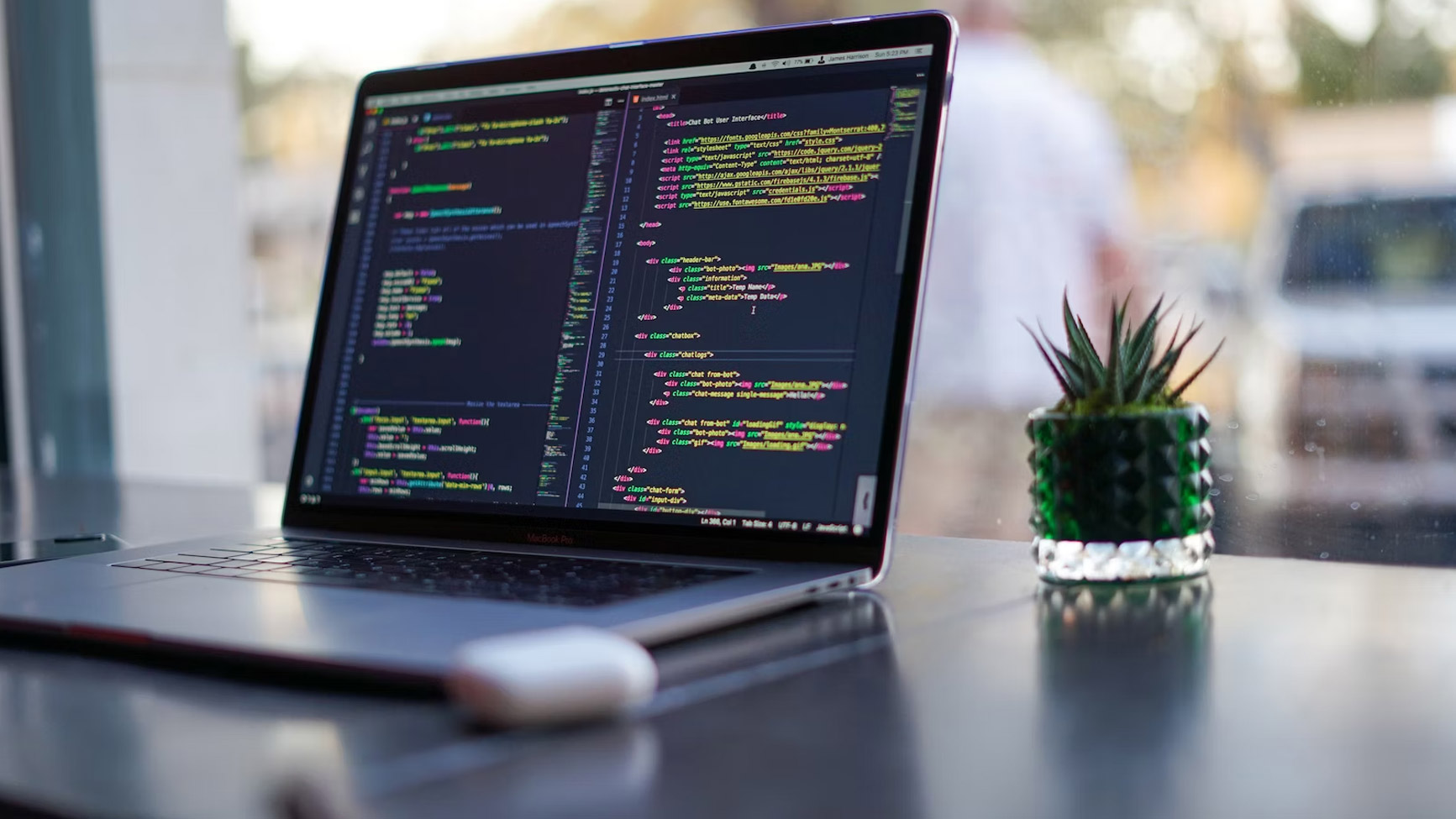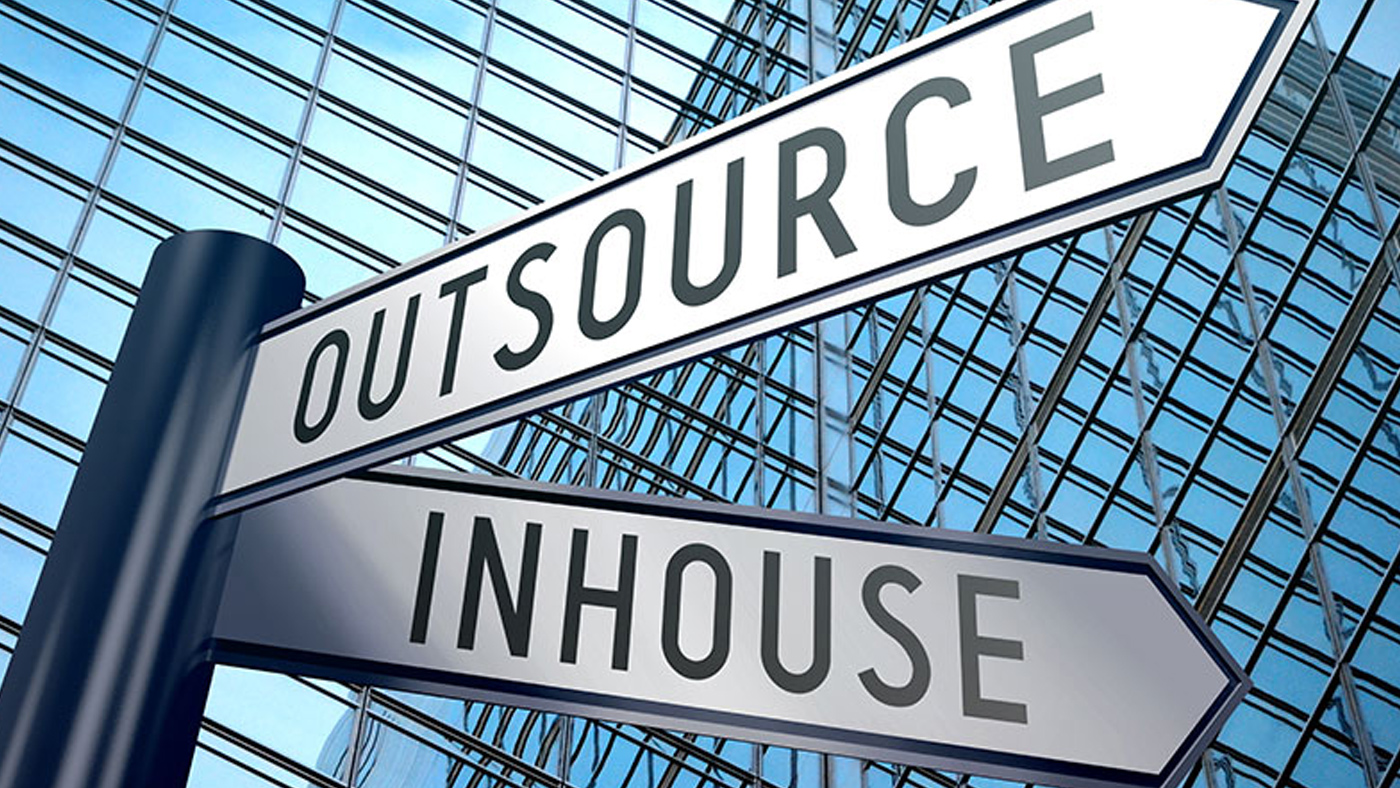Welcome to “Modern Web Design Techniques of 2023,” your go-to blog for all things cutting-edge in the ever-evolving world of web design. Whether you’re a seasoned designer, a web design company looking to stay ahead of the curve, or a newbie eager to dive into the exciting realm of web creation, this blog has got you covered.
In this digital era, web design trends come and go faster than you can say “HTML5,” and staying up-to-date with the latest techniques is crucial. That’s why we’re here—to equip you with the knowledge and inspiration you need to create stunning websites that not only catch the eye but also deliver an exceptional user experience.
From innovative layouts to mesmerising animations, we’ll explore the hottest design trends that are revolutionising the web landscape in 2023. We’ll delve into responsive design techniques, share tips for optimising performance and accessibility, and discuss the latest tools and frameworks that are simplifying the design process.
But we won’t just focus on aesthetics; we’ll also dive into the nitty-gritty of usability, information architecture, and conversion optimisation. Our aim is to empower you to create websites that not only look fantastic but also function seamlessly and achieve their intended goals.
What are the most important design trends in 2023?
Are you ready to learn about the most crucial web design trends of 2023? We’re about to take you on a ride through the exciting world of digital aesthetics. Let’s jump right in!
Improvised Font Size:
In the realm of web design trends, font size plays a crucial role in creating visual impact and enhancing user experience. In 2023, designers are pushing the boundaries of typography by improvising font sizes to create engaging and dynamic layouts. They experiment with a variety of font sizes, ranging from oversized headings to tiny body text, to add emphasis, hierarchy, and personality to the content. By strategically adjusting font sizes, designers can guide users’ attention, highlight important information, and create a visual hierarchy that makes content more scannable and digestible. Larger fonts can grab attention and communicate key messages, while smaller fonts can provide supporting details or additional information. However, it’s important to maintain legibility and ensure that the text remains readable across different devices and screen sizes. Responsive design principles should be considered to optimise font sizes for various breakpoints, ensuring a consistent and user-friendly experience on desktops, tablets, and mobile devices.
Vibrant Colour Theme:
Colour is a powerful tool in web design, and in 2023, vibrant colour themes are taking the centre stage. Designers are embracing bold, lively, and eye-catching colour palettes to create visually striking websites that leave a lasting impression on visitors. Vibrant colours can evoke emotions, set the mood, and enhance brand identity. From vivid gradients to bold contrasts, these colour schemes grab attention and add energy and dynamism to the overall design. They create a sense of excitement and engage users, making the website memorable and visually stimulating. When working with vibrant colour themes, designers must strike a balance between boldness and usability. Care should be taken to ensure sufficient contrast for legibility, especially for text and important elements. Colour psychology and the brand’s personality should also be considered to ensure the chosen colours align with the intended message and target audience. Furthermore, accessibility should not be compromised. Designers should make sure the colour choices meet WCAG (Web Content Accessibility Guidelines) standards, ensuring that users with visual impairments or colour blindness can still navigate and engage with the website effectively.
Shifting Text Format:
In the world of web design, static text is giving way to dynamic and engaging text formats. Designers are exploring creative ways to animate and transform text elements, bringing them to life as users interact with the website. Sifting text format involves the use of animations, transitions, and effects to make text visually appealing and interactive. As users scroll or hover over text, it elegantly shifts, fades, scales, or changes its appearance, providing an immersive and captivating experience. This technique adds a layer of interactivity and visual interest to the content, making it more engaging and memorable.Shifting text format can be applied to various text elements, such as headings, subheadings, quotes, or even body text. It allows designers to emphasise key messages, create a sense of progression, and guide users’ attention.
Video on Background:
One of the most captivating trends in web design for 2023 is the use of videos as background elements. By incorporating videos that automatically play in the background of a website, designers can create a dynamic and immersive user experience. Whether it’s a looping video showcasing a product, a captivating visual story, or a background that sets the mood, video backgrounds instantly capture attention and engage visitors. Video backgrounds offer a unique way to communicate messages, evoke emotions, and create a memorable browsing experience. They can be used to demonstrate a product or service in action, showcase a brand’s personality, or simply add visual interest and depth to the website. However, it’s important to ensure that the videos are well-optimised to maintain fast loading times and provide a seamless viewing experience across different devices and internet connections.
Effortless and Easy Navigation:
In 2023, web designers continue to prioritise effortless and easy navigation as a key aspect of user experience. With the increasing complexity of websites and the need to accommodate various devices, intuitive navigation has become essential for guiding users and helping them find what they’re looking for.Designers are incorporating streamlined navigation menus, sticky headers, and other innovative navigation patterns to ensure smooth and intuitive browsing. They focus on reducing cognitive load by organising menu items logically, providing clear labels and visual cues, and minimising the number of clicks required to access information. Additionally, designers are optimising navigation for mobile devices, considering thumb-friendly designs and gestures.Effortless navigation enhances the overall user experience, reduces bounce rates, and encourages visitors to explore more of the website’s content. It contributes to a sense of seamlessness and satisfaction, making users feel more in control and engaged with the website.
Minimalism:
The timeless trend of minimalism continues to dominate web design in 2023. Minimalist design focuses on simplicity, clean layouts, and essential elements, stripping away unnecessary clutter and distractions. With an emphasis on clarity and functionality, minimalism creates a visually pleasing and user-friendly experience. Minimalist websites feature generous white space, concise typography, and a limited colour palette. The emphasis is placed on content, allowing it to breathe and take centre stage. Minimalist designs are often associated with elegance, sophistication, and a sense of professionalism.
The benefits of minimalism go beyond aesthetics. Minimalist interfaces load faster, are easier to navigate, and provide better accessibility. They prioritise user-centred design by presenting information in a clear and concise manner, reducing cognitive overload.
Good Quality High-Resolution Images:
In the era of high-resolution displays, web designers in 2023 recognise the importance of using good quality, high-resolution images. Crisp, sharp, and visually appealing images not only enhance the overall aesthetics of a website but also contribute to a professional and polished look.High-resolution images create a sense of authenticity and credibility, capturing users’ attention and immersing them in the visual experience. They can be used to showcase products, tell stories, or convey emotions effectively.To ensure optimal performance, it’s crucial to strike a balance between image quality and file size. Compression techniques and image optimisation should be employed to maintain fast loading times without sacrificing visual quality. Responsive design principles should also be applied to ensure that images are appropriately scaled and displayed across different devices and screen resolutions.
Importance of White Space:
In the world of web design, white space refers to the empty space between elements on a webpage. While it may seem counterintuitive, white space plays a crucial role in enhancing visual aesthetics and improving user experience. White space provides breathing room, allowing content and design elements to stand out and be more easily digestible. It helps create a sense of balance, hierarchy, and organisation on a webpage. By strategically incorporating white space, designers can guide users’ attention, emphasise
Creation of Call-To-Action buttons: A strong Call-To-Action (CTA) can make all the difference in converting visitors into customers. Designers in 2023 are focusing on creating eye-catching CTAs that stand out and entice users to take action, whether it’s making a purchase, subscribing, or signing up.
Animation Presentation:
Animations have evolved from simple hover effects to full-blown captivating presentations. In 2023, websites are leveraging creative and eye-catching animations that delight users and add a touch of interactivity to the browsing experience.
Partial-Flat Design:
Flat design has been around for a while, but in 2023, it’s getting a twist. Partial-flat design combines the simplicity of flat design with subtle gradients, shadows, and depth, adding a sense of realism and dimension to the elements.
Responsive Layouts:
With the increasing use of mobile devices, responsive design is no longer an option; it’s a necessity. In 2023, web designers are prioritising responsive layouts that adapt seamlessly to different screen sizes and devices, ensuring a flawless user experience across the board.
Card Design Pattern:
Cards are the new heroes of web design in 2023. These versatile and modular elements are perfect for displaying bite-sized information, such as product listings and articles.
Full-Screen Images:
With larger and higher-resolution screens becoming the norm, designers are embracing the concept of immersive experiences. Full-screen images instantly grab visitors’ attention and create a visually stunning impact. Whether it’s a breath-taking landscape, a striking product shot, or a captivating background, these images create a sense of depth and draw users into the website’s narrative. They allow for powerful storytelling and can evoke emotions, making a memorable impression on visitors. The key to successful implementation of full-screen images lies in finding the right balance. High-quality images that are relevant to the website’s content or brand identity work best. Careful consideration should also be given to image compression and optimisation to ensure fast loading times without compromising on quality.
Hamburger Menus:
You’ve probably seen them countless times—those three horizontal lines stacked on top of each other in the corner of a website or mobile app. This iconic symbol is known as the hamburger menu and has become a popular navigation choice in web design. It provides a compact and sleek way to hide navigation options, saving valuable screen real estate while still offering easy access to menus. In 2023, the hamburger menu trend continues to thrive. It’s a favourite among designers who prioritise clean and minimalist interfaces. With more websites and apps adopting responsive designs to accommodate various devices, the hamburger menu offers a seamless solution for mobile navigation. It allows users to access menus by simply tapping or clicking on the hamburger icon, revealing a hidden navigation panel or dropdown menu.
Conclusion
And there you have it. A whirlwind tour of the most exciting web design trends of 2023. We’ve explored the power of improvised font sizes, vibrant colour themes, shifting text formats, and the allure of video backgrounds. We’ve also discussed the importance of effortless navigation, the timeless elegance of minimalism, the impact of good quality high-resolution images, and the art of utilising white space effectively.
As we move further into the digital age, web design continues to evolve, pushing boundaries and challenging conventions. It’s an exciting time to be a part of this creative field, as designers embrace new techniques and technologies to create engaging and immersive user experiences.
Whether you’re a web designer, a business owner, or simply an avid internet user, keeping up with these trends can help you stay ahead of the curve and make the most out of your online presence. Remember, it’s all about finding the right balance, catering to your target audience, and creating an experience that leaves a lasting impression.
With these trends in your toolkit, you’ll be well-equipped to create visually stunning, user-friendly websites that stand out in the ever-evolving digital landscape of 2023.
Weignyte is a professional web design company based in Liverpool. We would love to hear your website ideas and discuss how we can turn them into a reality. Contact us today for more information.




